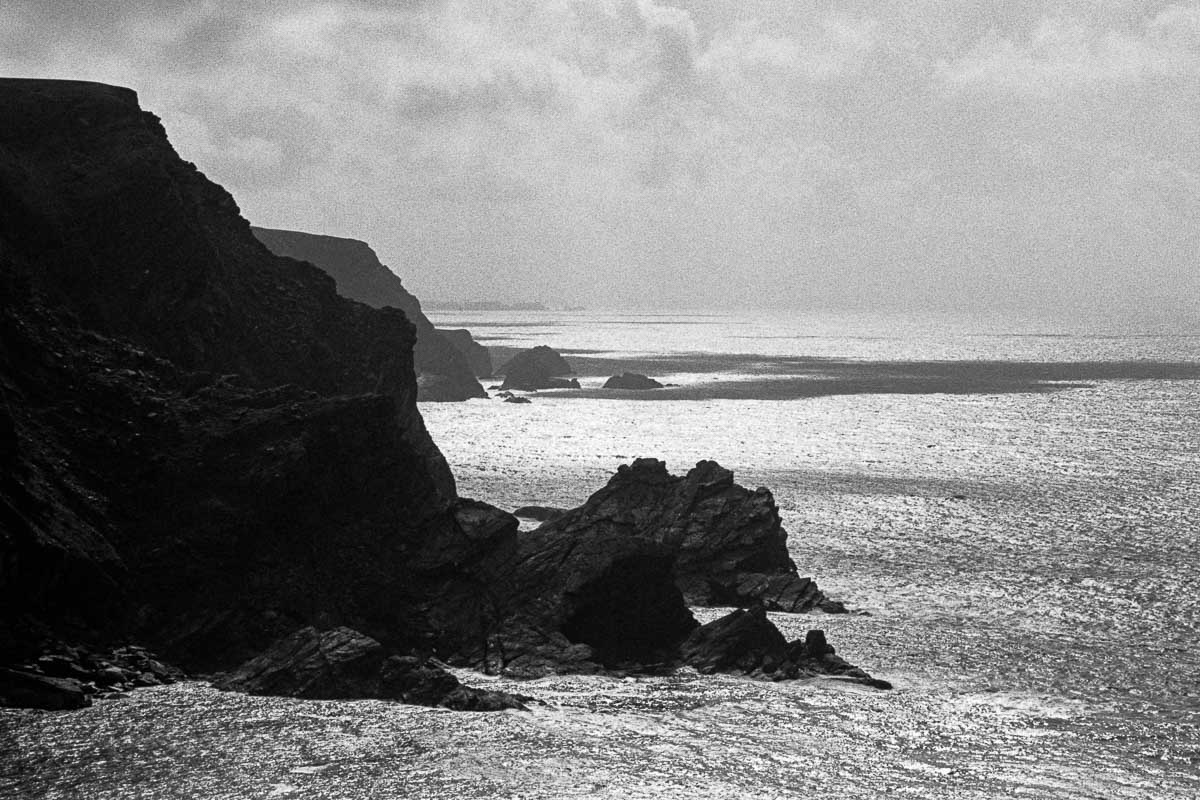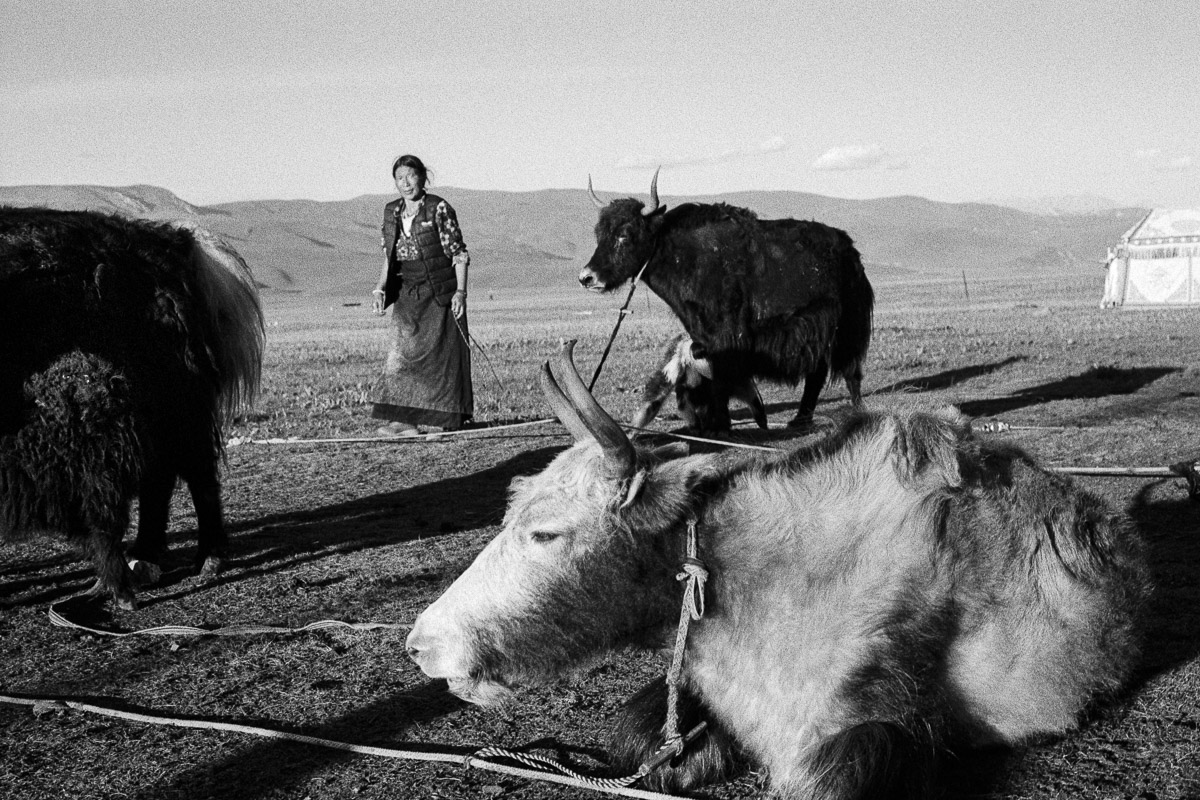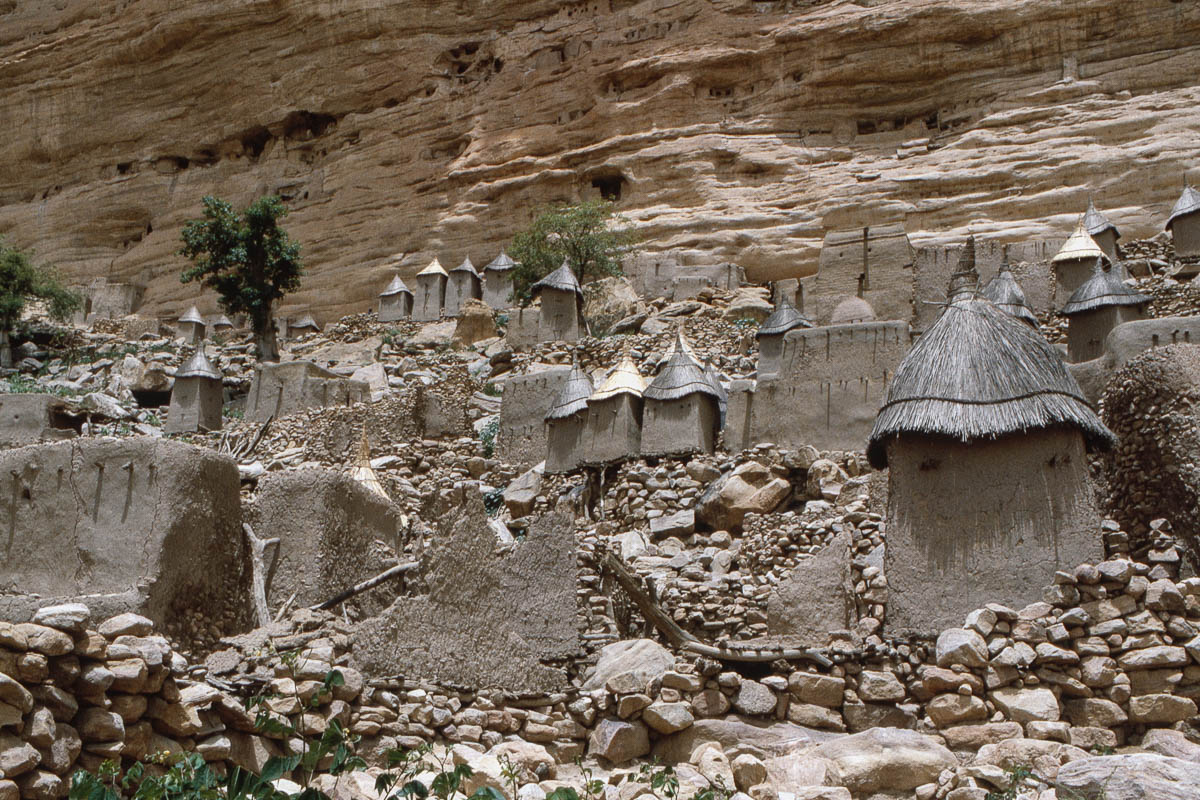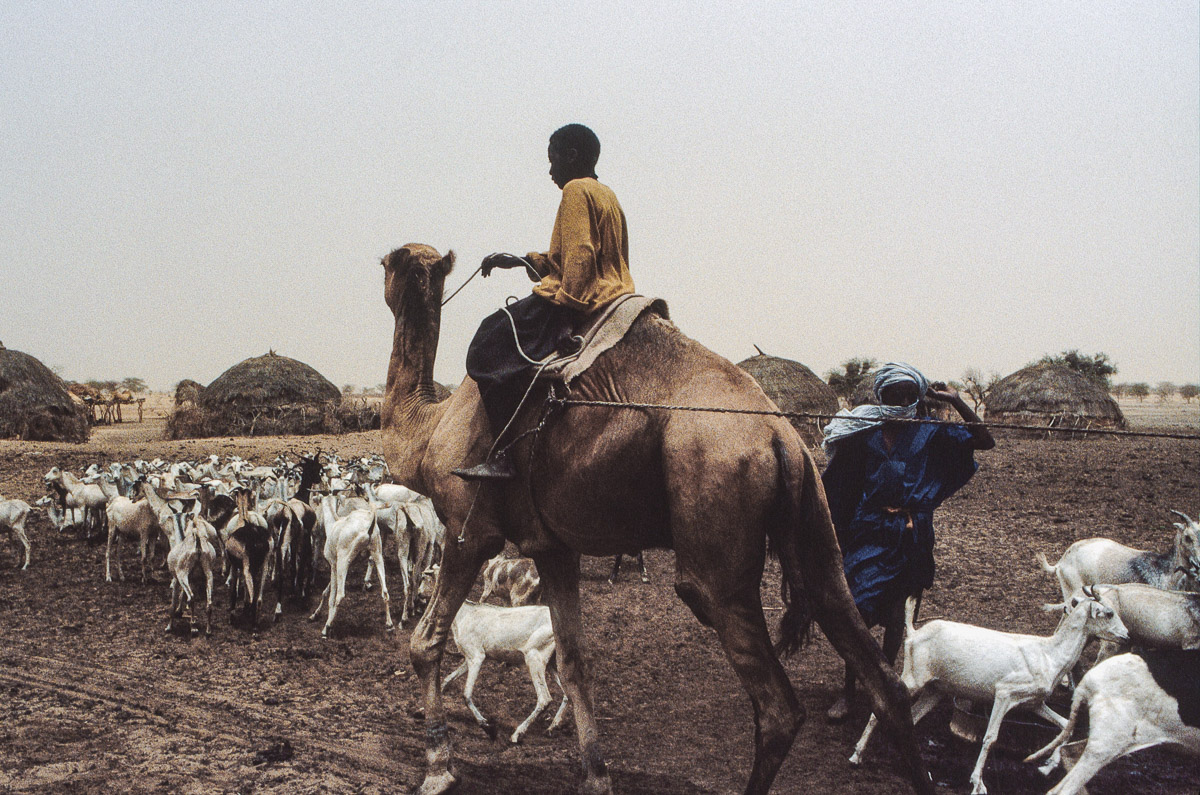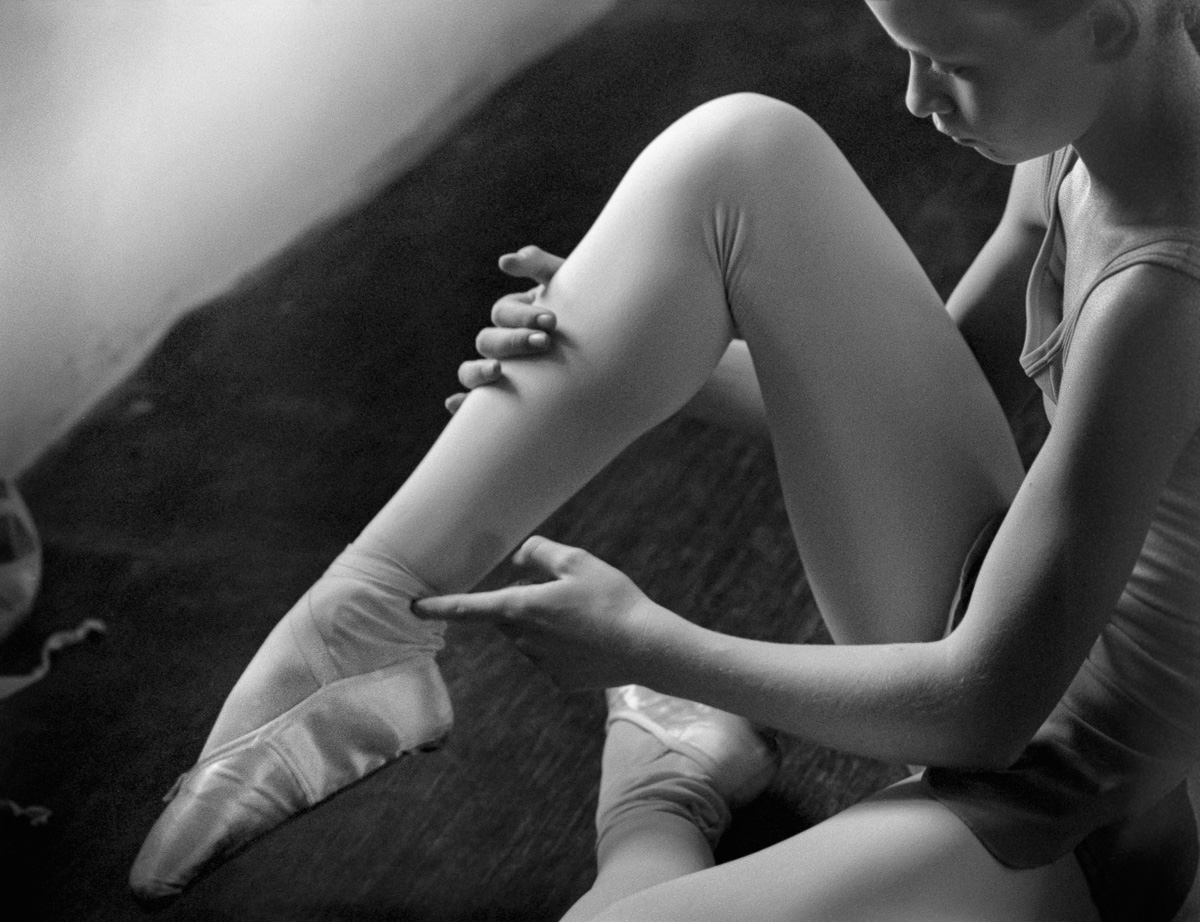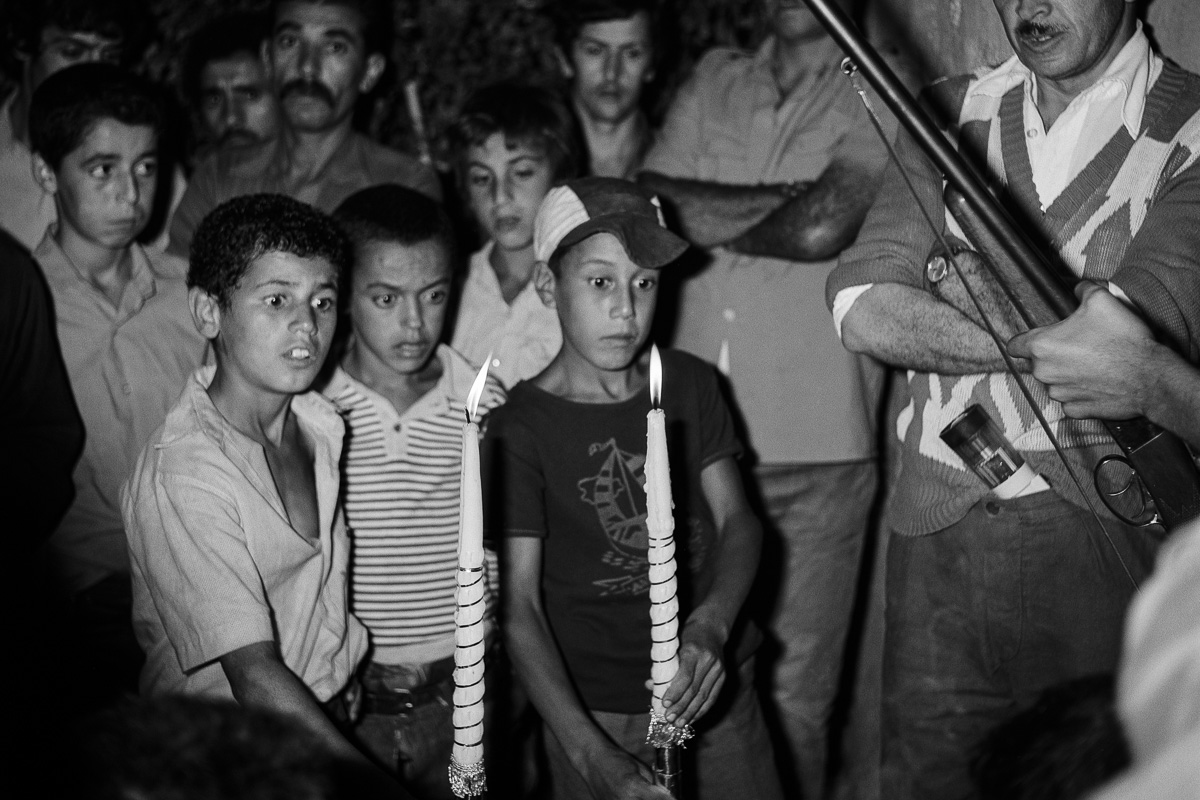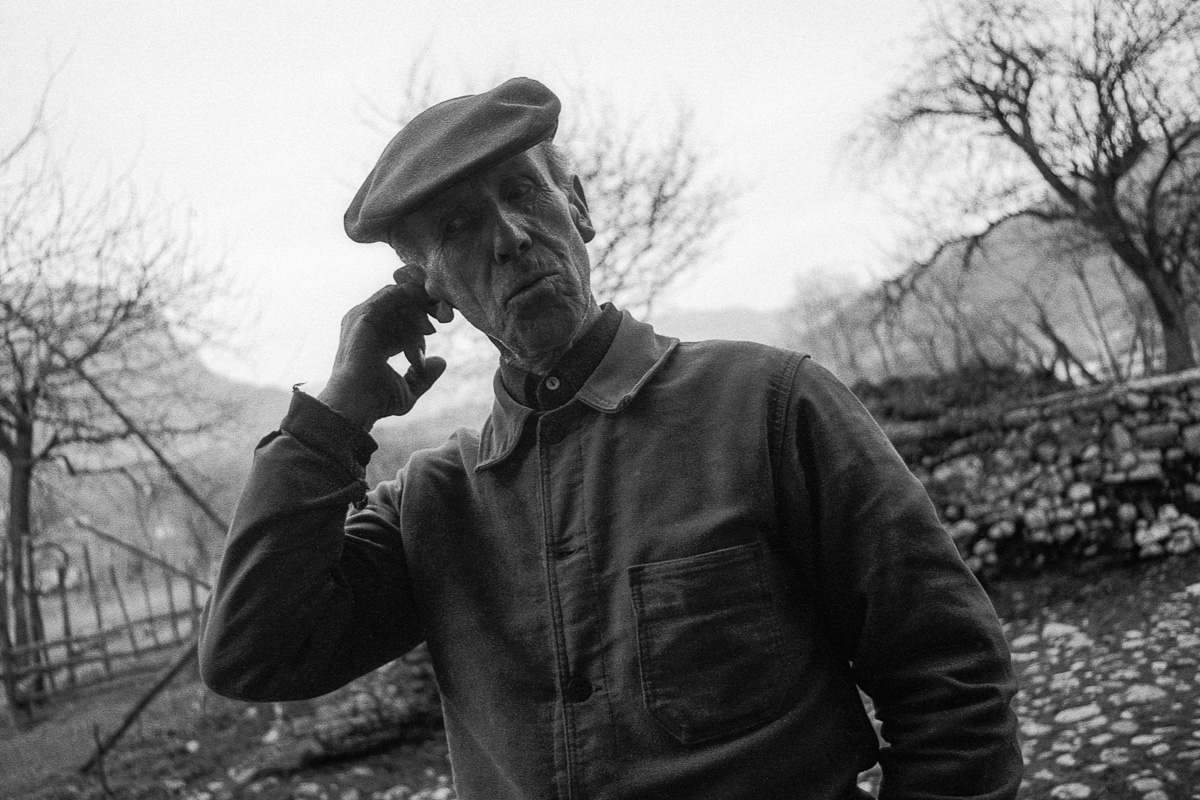The archive below consists of a selection of photographs of which I still have the original shots.
SHETLAND, Scotland 08/2025
Consisting of around a hundred islands, only sixteen of which are inhabited, the archipelago has a very jagged coastline and is located north of the Orkney Islands, south-east of the Faroe Islands and west of Norway, between the Atlantic Ocean to the west and the North Sea to the east. With the exception of a few trees, the ground is devoid of tree vegetation. Apart from Lerwick, human presence is rare and there are few dwellings. Shetland has three National Nature Reserves: the two seabird colonies of Hermaness and Noss, and the Keen of Hamar reserve for preserving flora.
Clic to see more
SICHUAN & QINGHAI, China 08/2024
Crossing the Tibetan plateaux from Chengdu to Golmud. This is the least populated region of China. Here, Tibetan nomads live and raise yaks, surrounded by peaks that often exceed 6,000 metres and whose access roads pass through passes over 4,000 metres high.
Clic to see more
MALI 1984-1985
Historical photographs of Mali in the 1980s. Dogon country, town of Mopti on the banks of the Niger river, bush village market, traditional Bambara mask on the road to Guinea.
Clic to see more
THE GREAT DROUGHT, north of Mali 08/1984
Severe drought in northern Mali as we travel up the tracks to Taoudenit, home to Peul and Tuareg herders. An area closed today.
Clic to see more
SCHOOL OF DANCE, Palais Garnier Paris 1983
Claude Bessy’s School of Dance rehearses in the circular Zambelli studio set up under the dome of the Bibliothèque-Musée. My first B&W reportage using the 35 mm Kodak TriX 400 and my Nikon FM2, the first camera I bought with my savings and still in use today.
Clic to see more
WEDDING EVE, Beni Yenni Algeria 1981
Wedding preparations in a village near Beni Yenni in Kabylia. The festivities begin on the eve of the ceremony with a men’s party attended by the groom.
Clic to see more
VIDAL FARM. Savoy France 1979
The Vidal farm in the Savoie region and the mobile still where the farmers carried the marc to make the eau de vie.
Clic to see more

